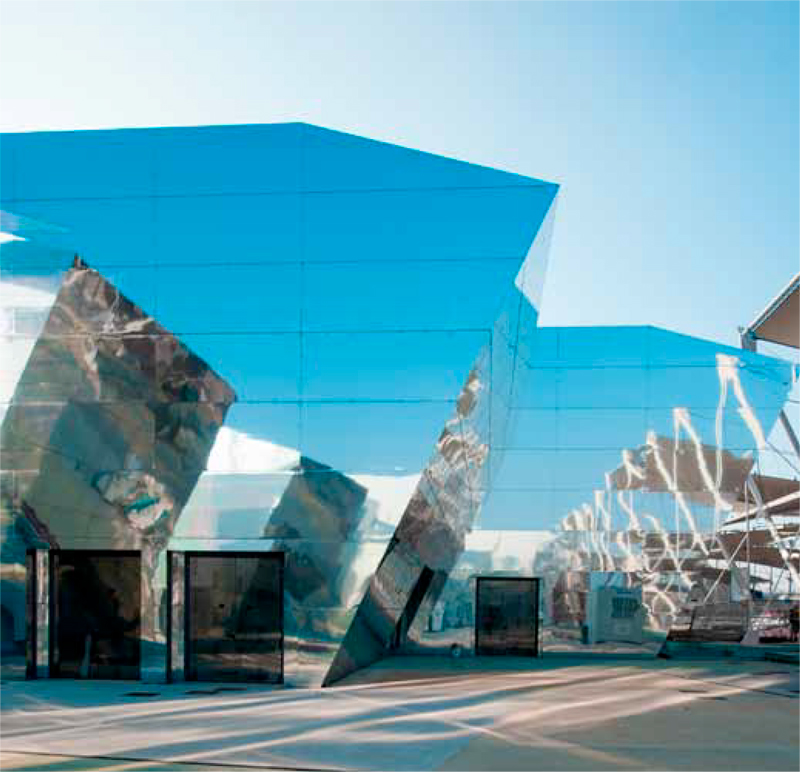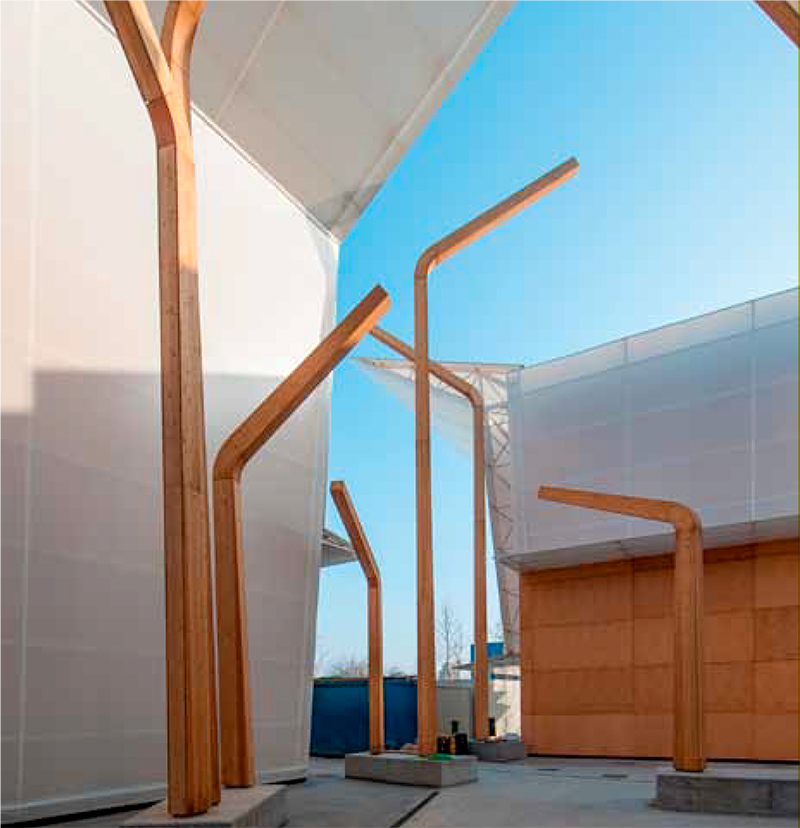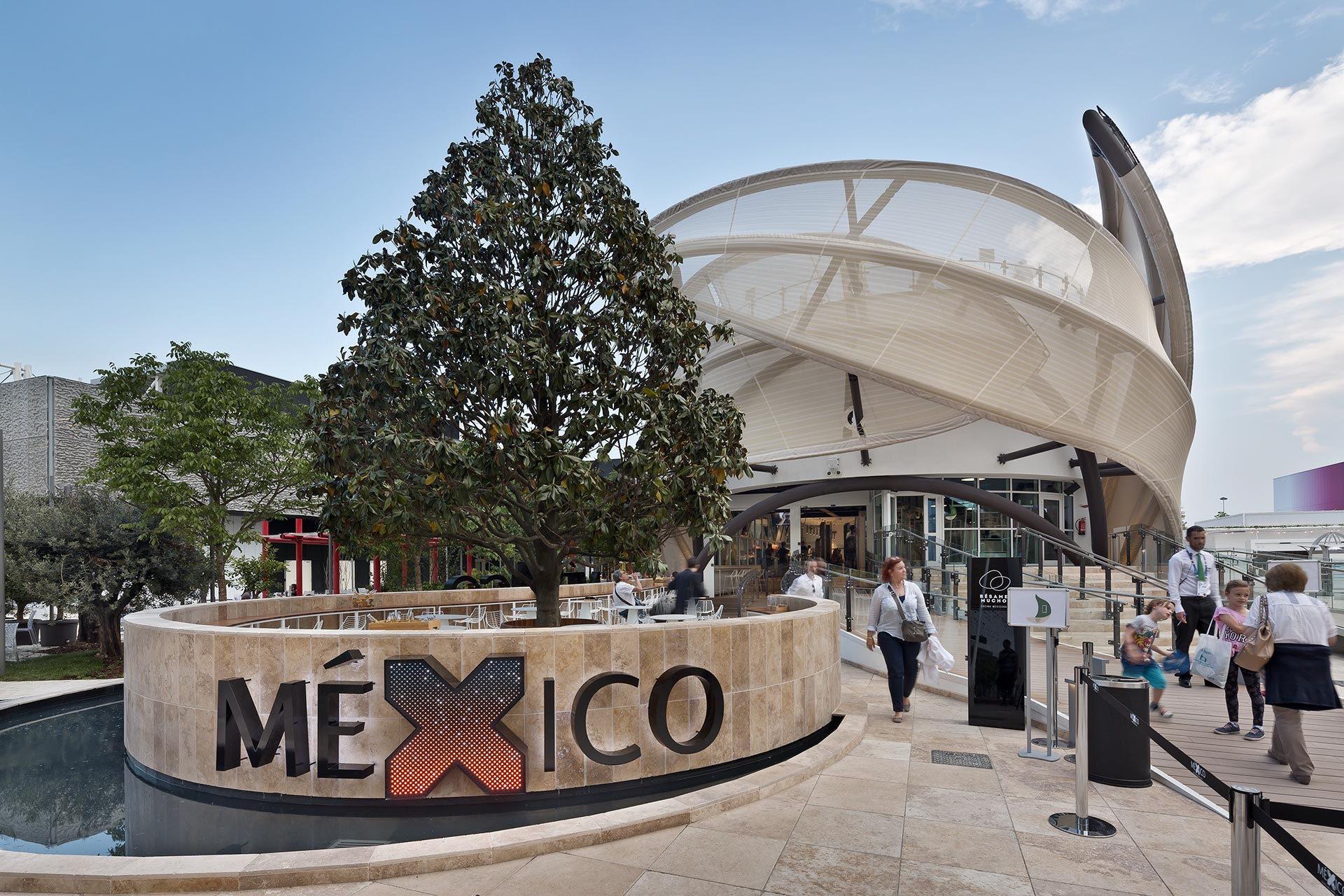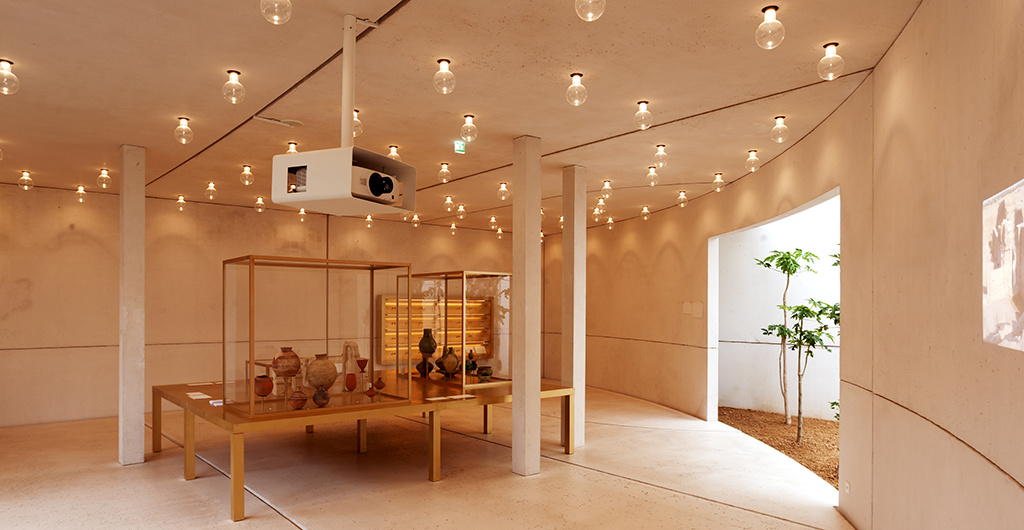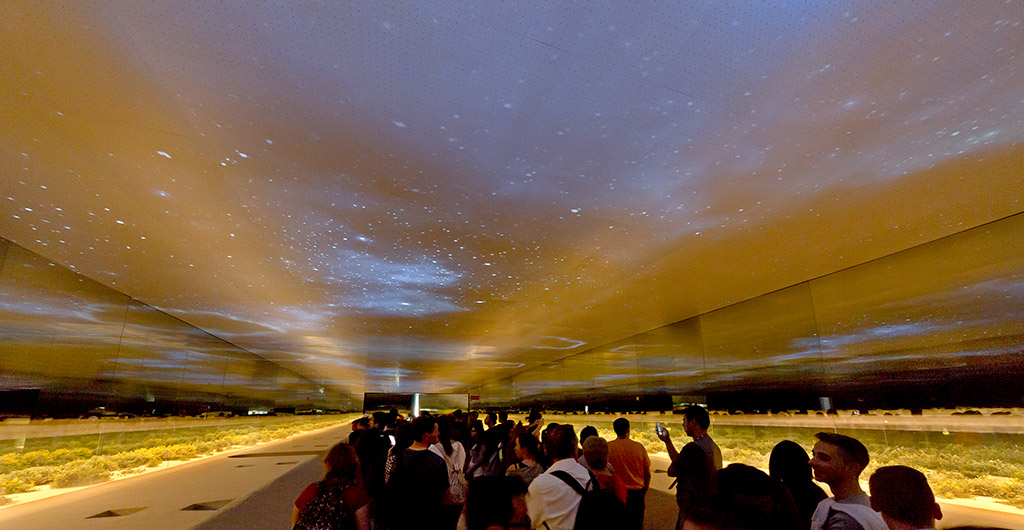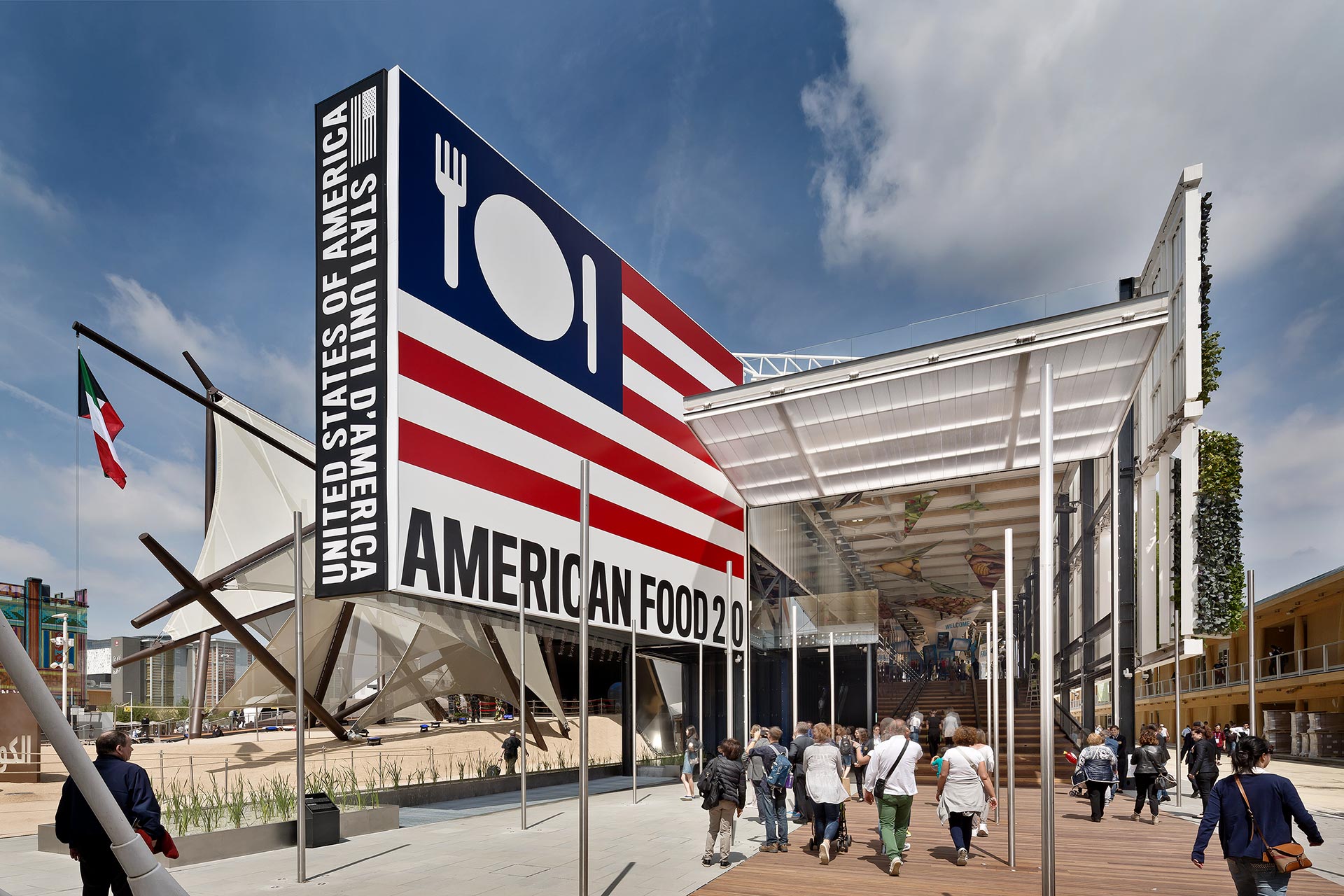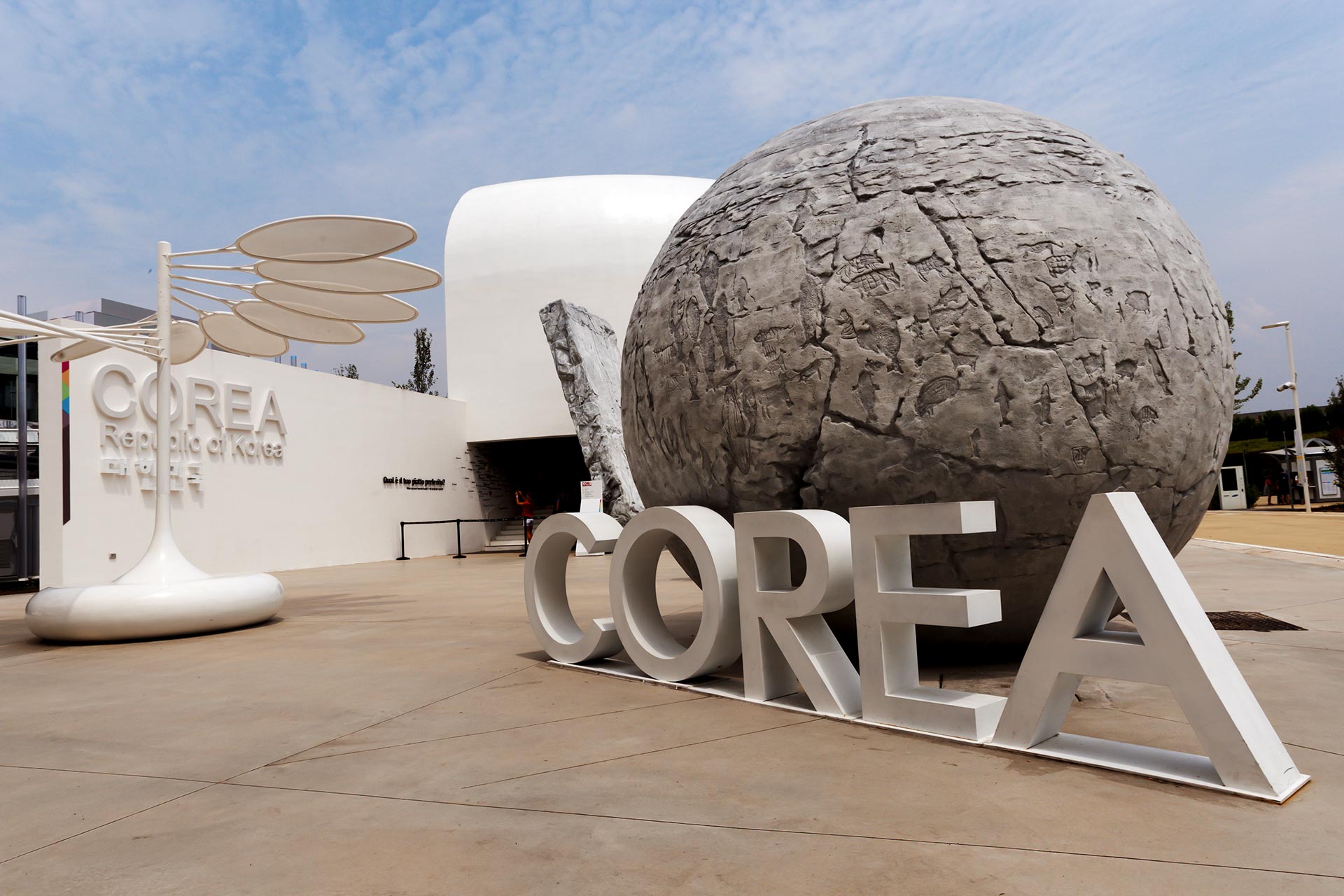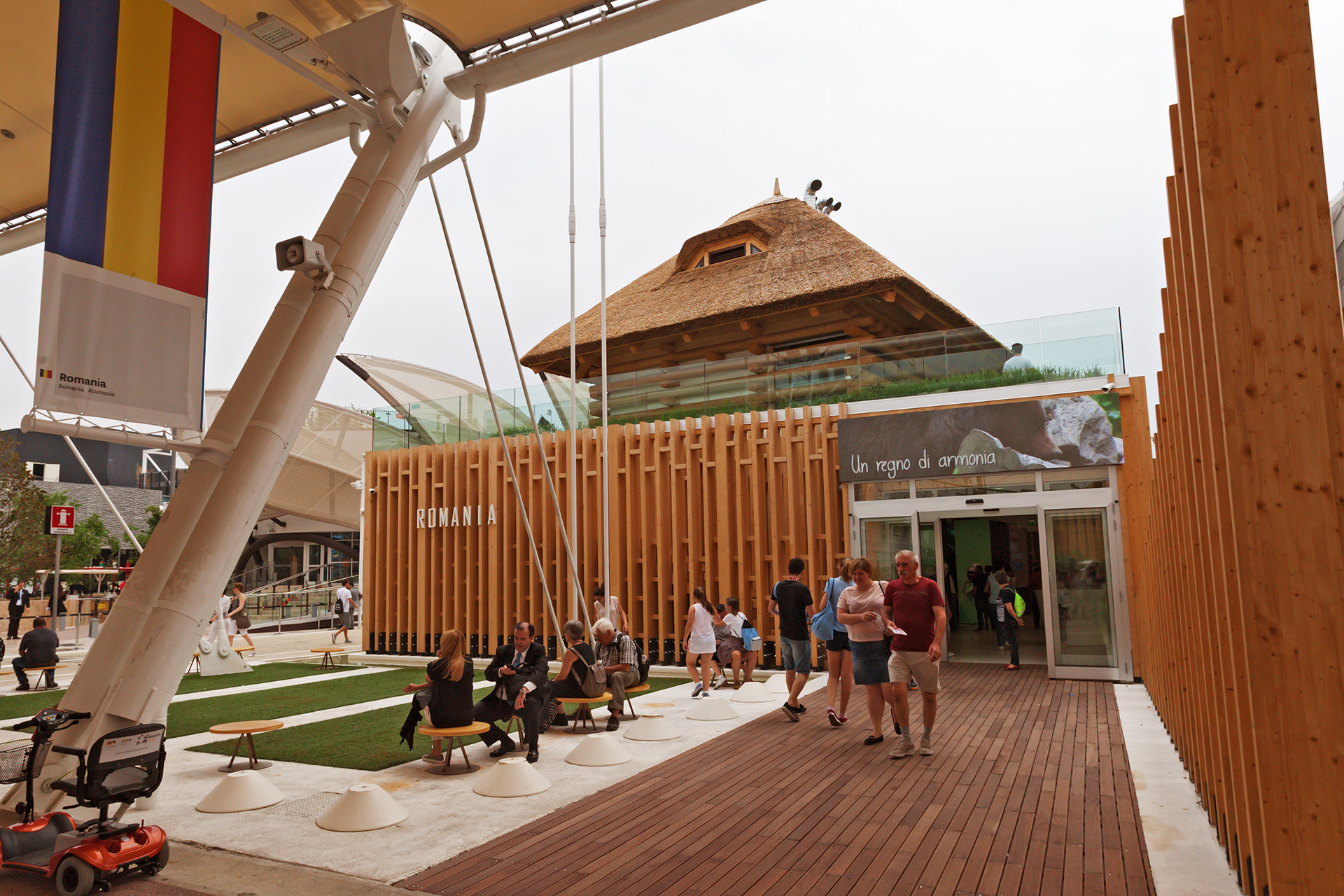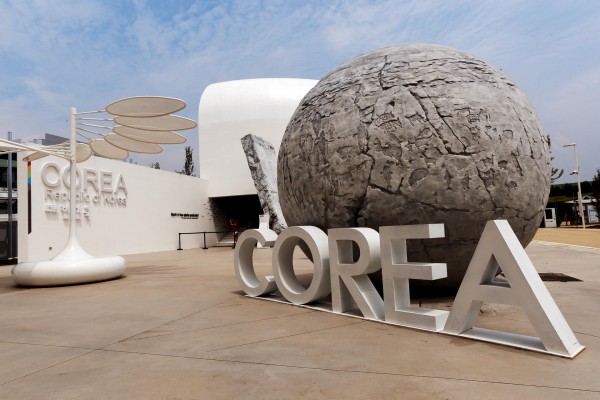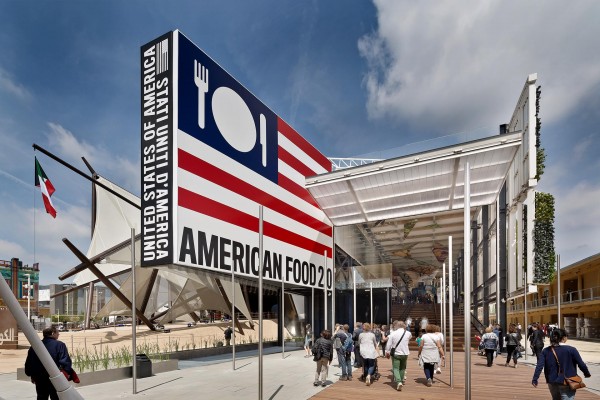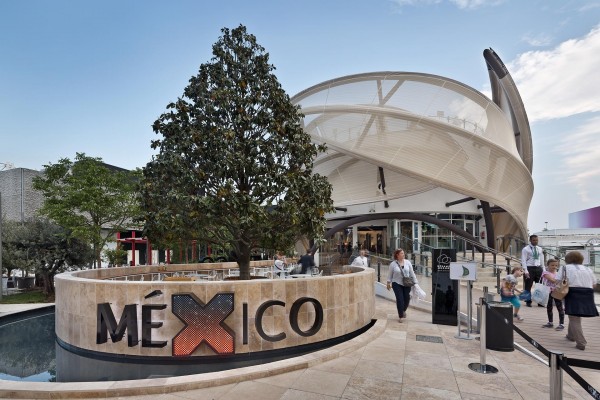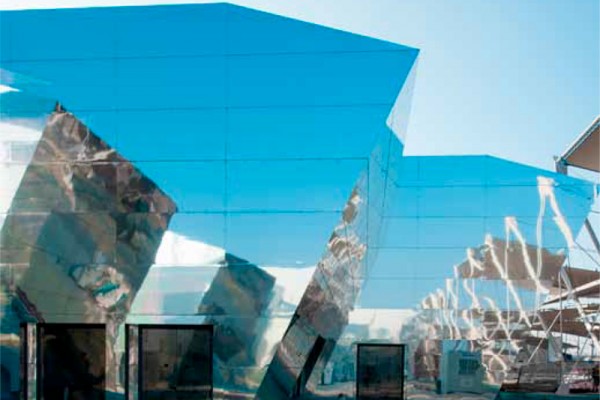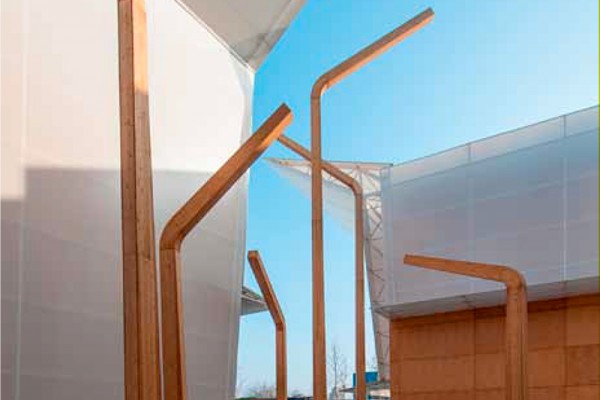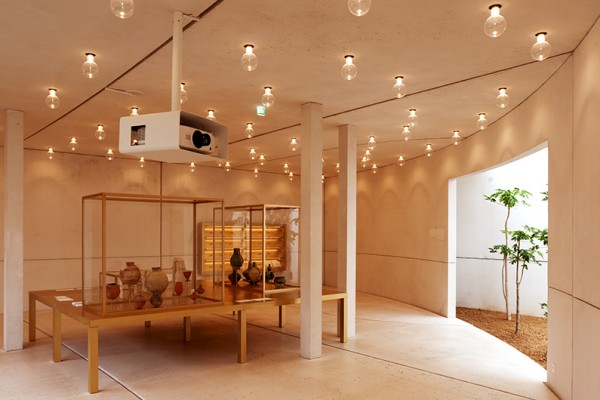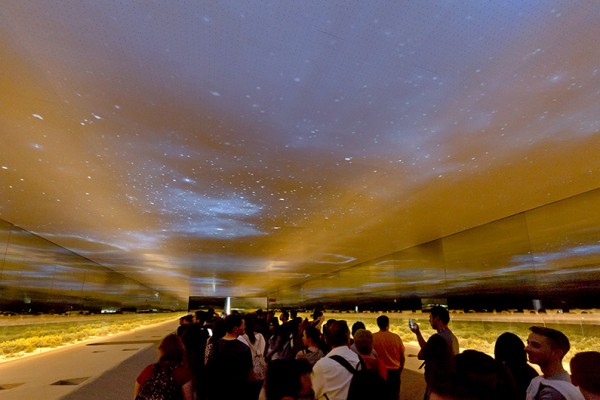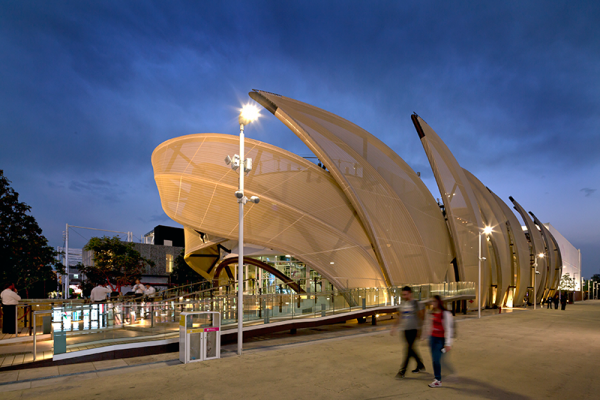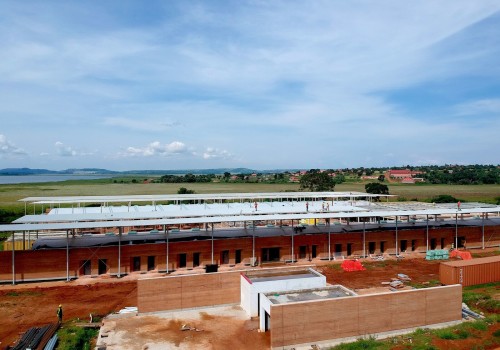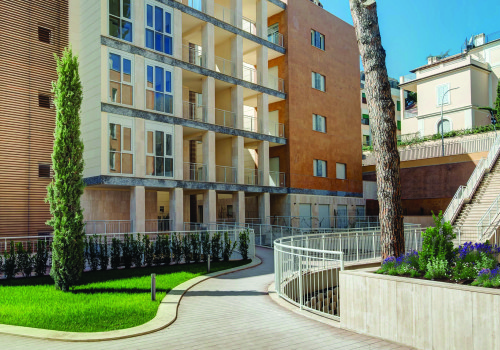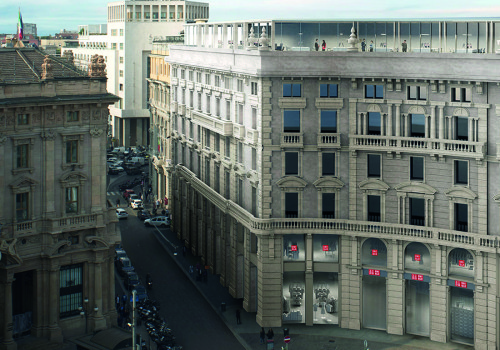The work carried out in the pavilions of the nations participating in the universal exposition was a true challenge characterised by the highest technological components to be installed under strict time limits, complying with and adapting to diverse architectural contexts. Even if moderately sized when compared to other permanent fair installations, their intended use and the uniqueness of the event combined to create a concentrate of the most modern systems for power supply, controlling and managing installed electrical systems. In addition to traditional power distribution systems, systems for safety were also created and installed (fire detection, sound diffusion and emergency lighting) as well as for security (TVCC, anti-intrusion, access control) which together ensure maximum comfort and top safety standards for critical and emergency situations. The control system, which integrates all the subsystems, is equipped with user-friendly interfaces that complete the building management system and allow it to be managed simply and securely with total control by personnel.
In addition to the above system design, not to be overlooked are all the multimedia systems, as well as those serving to complement and decorate which, being accessible to the general public and equipped with the highest interactivity levels, make a visit to the pavilion a unique experience.
